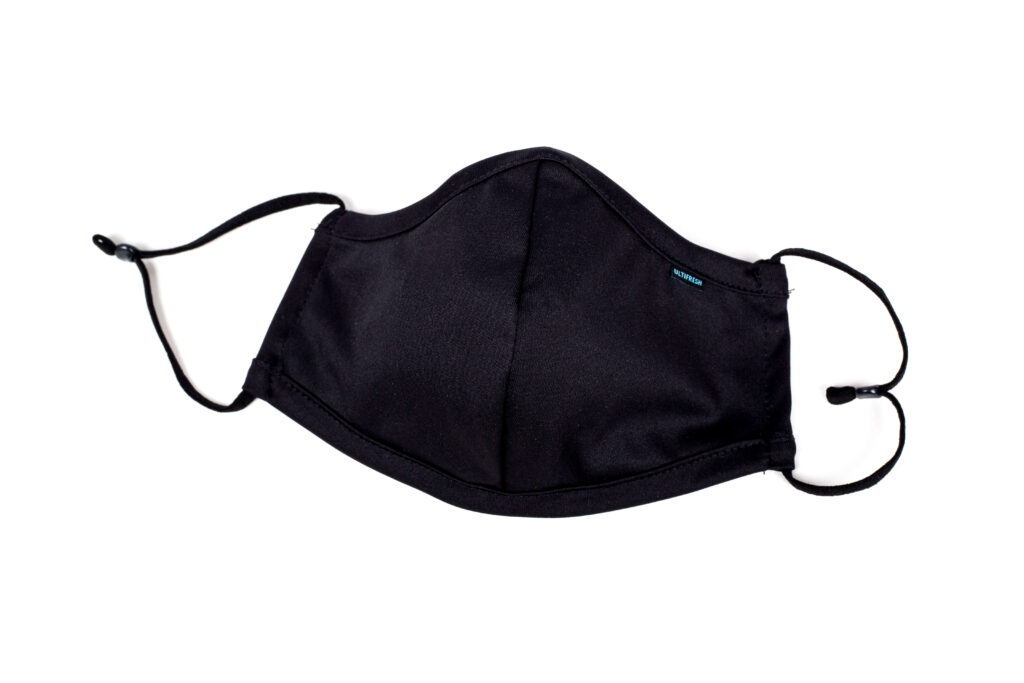If there is one thing we have learned from the COVID-19 pandemic, it is that there are rules and guidelines to doing things right, and if you do not do things right, it is as good as not doing it at all.
Talking about face masks, we are going to be looking at many aspects related to how we use them and to help enlighten the public and as well, play our part in making sure that the COVID-19 pandemic comes to an end. Let’s dive right in.
Types of face masks the public can use in this pandemic.
When we talk about face masks for COVID-19 pandemic prevention, there are three general categories:
- Cloth face masks
- Surgical masks
- N95 respirators
These are the three general categories, and we are going to be looking at them in detail.
Cloth Face Masks – Environmental-Friendly
Cloth face masks are popular today, basically because they are easy to manage. For this reason, even the Centers for Disease Control and Prevention have recommended the use of cloth face masks for everyone, especially while in places where social distancing is a big challenge.
There are some benefits of the cloth face mask:
- These masks are made from common materials and easy to produce.
- It is eco-friendly as the mask is reusable and washable.
- It may lower the risk of asymptomatic patients transmitting the virus.
- It is better than not making use of any mask at all.
However, a usual fabric face mask has its own limitations as it provides people with a false sense of security where it might not able to provide enough protection on the current pandemic. One of the key weaknesses of cloth face mask is it has a lower protection rate compared to surgical mask as cloth face mask bacterial filtration efficiency (BFE) is only 50-60%. And, cloth masks are mostly used by people as a replacement for other protective measures, which should not be so.
Is it that all cloth face masks do not provide are not enough protection from the pandemic? Things go differently if one of the materials of the cloth mask’s layer is melt-blown fabric. This material allows the cloth mask to have the same rate of bacterial filtration efficiency (BFE) protection as the surgical mask, which is 99%, where it prevents large particles expelled by you.

Surgical masks are commonly worn by healthcare workers
A surgical mask, also known as a medical mask, is intended to be worn by healthcare workers such as doctors and nurses during healthcare procedures. A surgical mask protects frontlines from infections by patients. Surgical masks are loose-fitting face masks used to protect the mouth, nose, and chin that provide higher protection to the people compared to the usual fabric mask.
The key function of a surgical mask is to protect the person using it from droplets from surgeries, including the coronavirus droplets that lead to infections. The good quality surgical mask needs to be produced in a dust-free airtight environment.
There are three different types of surgical face masks as stated below. However, in this pandemic, people are recommended to wear a 3ply mask to minimize the chances of getting infected by the virus.
- Single-ply masks
- Two-ply masks
- Three-ply masks
Surgical masks are often rectangular in shape and can be used by the public during this COVID-19 pandemic period.

N95 Respirators
The N95 respirator is a fitting and tight mask with more advantages than the other types of masks. Asides the ability to prevent unnecessary droplets from getting into your respiratory system, it filters out about 95% of the particles coming into the respiratory system. This filtration includes parasites and viruses.
This N95 respirator does not have a universal fit in terms of size, but before making use of them, you have to make sure that they are well fitted. This is important because the only way to make sure that you have the right level of protection.
Once you have made sure that the mask is fitted, you must continue to make sure that the seal is still well intact. This mask, however, is not recommended by the CDC for use by the public because it is recommended only to be used in the healthcare setting. Here are some of the reasons why:
- The N95 respirator is to be tested for fitness before use, and this can cause the spread of the virus.
- An N95 respirator with a poor seal can easily be recognized by a medical worker, while the general public might find it difficult to recognize.
- The N95 respirator is tight and difficult to wear for long periods because they make you uncomfortable.
- There is a limited supply of the N95 respirator, and this makes it important that healthcare workers are the first in line for this face mask.
When to use a face mask
There are certain beliefs about the use of the face mask, and many of them are false. These are some of the circumstances that might warrant you wearing a face mask:
- If you are healthy, you need to wear your face mask to avoid infections from droplets of infected people.
- You need to wear a mask if you are coughing and sneezing.
- For you to wear a mask, you must know how to use and properly dispose of it, and this is what we are going to be looking at in the next section.
How to use and take off your mask properly
Disposable face masks such as the surgical masks are to be used once and then thrown away in a closed bin. Another thing to be taken into consideration is that when these masks are moist, they should immediately be removed and replaced.
Looking at how to use and remove disposable masks, here are the steps you have to follow:
- As always, wash your hands with clean water and soap or make use of a hand sanitizer before touching your mask.
- Take your mask and make sure that it has no tears or holes on either side.
- Make sure you understand which side is top and which is the bottom – the top has a stiff bendable edge because it has to take the shape of the nose.
- Make sure the face mask is properly wrapped around your ears.
- Make sure the stiff edge in the middle is pinched to take the shape of your nose.
- Pull the lower side of the mask to cover your chin.
- Dispose of the mask in closed trash and wash your hands again with soap and water or a hand sanitizer depending on you.
We have seen how much of a menace the COVID-19 pandemic has been to the world, and at this point, the only way to be safe is to protect ourselves. At Ultifresh, we produce the best 3 ply disposable and reusable masks. We understand the essence of safety in these times, which is why we have made quality our top priority.
Would you like to find out more about our products? Feel free to get in touch today.


Last Sunday, I visited my sister for lunch where we had a conversation on N95 masks. She was looking to get some for her family and asked me to help her look into it. Thankfully, I stumbled on your article which has provided me with some valuable insight. I am most impressed with how you elaborated on how the N95 respirator filters out about 95% of the particles coming into the respiratory system. You raise a really good point here, which I’m sure those interested will be happy to have learned of. I’ll be sure to send this over to my sister soon! Thanks a lot!